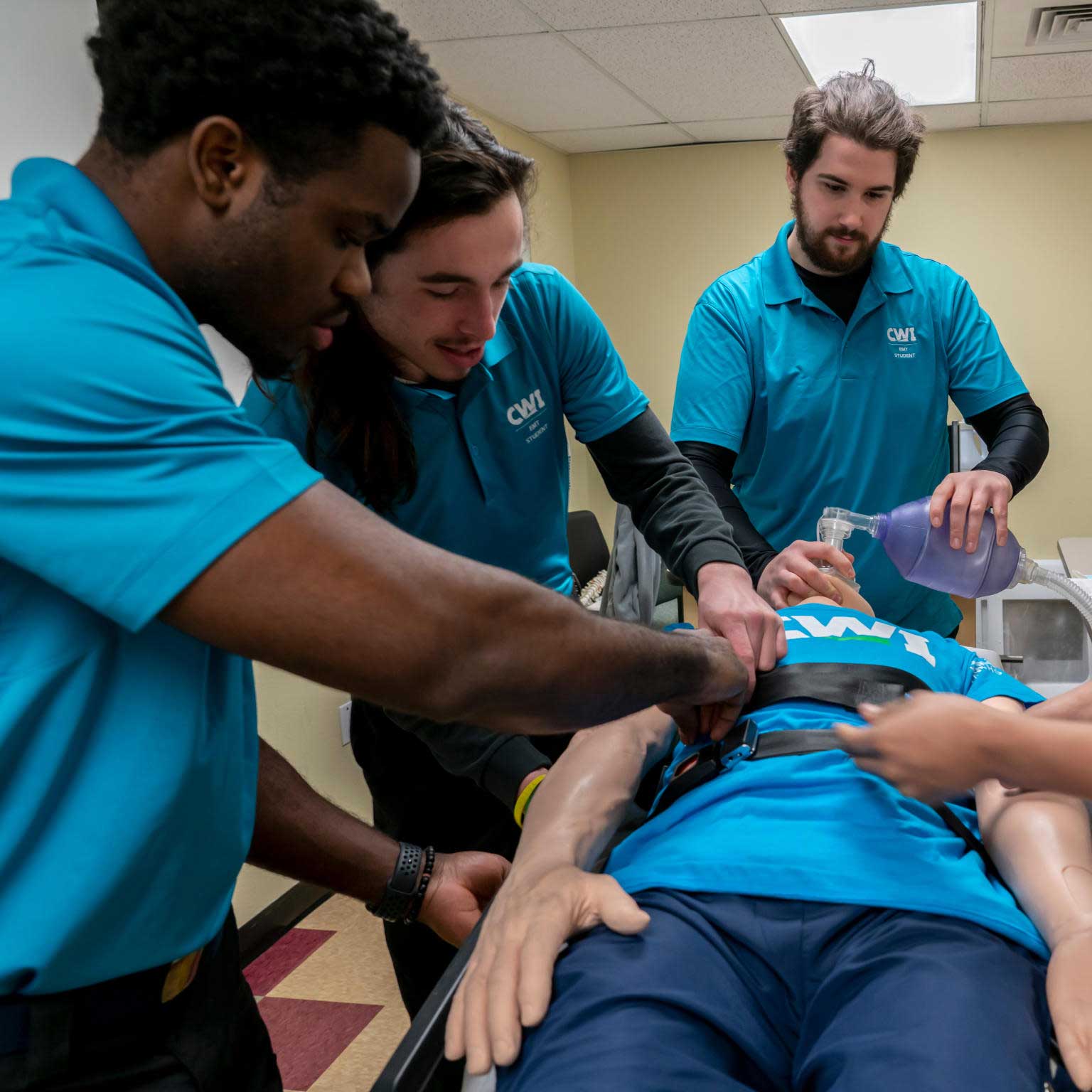Investigating the Effect of Hands-on Therapy Methods on Alleviating Muscle and Joint Pain and Improving Client Outcomes
Investigating the Effect of Hands-on Therapy Methods on Alleviating Muscle and Joint Pain and Improving Client Outcomes
Blog Article
Hands-on therapy techniques are manual methods used by healthcare professionals to treat musculoskeletal pain. Such methods include various forms of manipulation and mobilization of the human muscle tissue and joints. The objective of hands-on treatment is to relieve discomfort, enhance mobility, and boost overall performance. Numerous people suffer from muscle and joint discomfort due to injuries, suboptimal alignment, or conditions like joint inflammation. By applying manual treatment, therapists aim to tackle these issues and help patients recover their standard of life.
One common hands-on therapy technique is spinal adjustment. This method involves using controlled force to the vertebral column to improve positioning and decrease discomfort. Studies has demonstrated that vertebral manipulation can be effective in managing lumbar spinal discomfort and cervical pain. Another technique is soft tissue manipulation, which focuses on relieving tension in the muscles and soft structures. This can help alleviate rigidity and enhance range of motion, making it easier for patients to navigate without pain. Both methods can be customized to satisfy the individual requirements of each client, ensuring a custom method to treatment.
In addition to pain relief, hands-on treatment can improve patient results in multiple aspects. For example, it can boost blood flow, which helps supply nutrients and nutrients to the affected areas of the system. Improved blood flow can also encourage recovery and alleviate swelling. Furthermore, manual treatment can help patients develop enhanced physical consciousness, which is crucial for preventing future injuries. By comprehending how their bodies move, clients can make more informed decisions about their activities and posture, leading to sustained advantages.
The effectiveness of hands-on treatment is often backed by patient responses. Numerous individuals report notable gains in their pain levels and overall performance after undergoing treatment. This positive response can lead to greater motivation for patients to engage in rehabilitative exercise and rehabilitation exercises. When patients feel better, they are more likely to engage in their recovery journey, which can additionally enhance their results. This collaborative method between the provider and the client is essential for attaining enduring outcomes.
In conclusion, manual therapy methods play a vital role in relieving musculoskeletal pain and enhancing client outcomes. By using methods such as vertebral manipulation and gentle connective tissue mobilization, medical professionals can help clients regain movement and alleviate discomfort. The benefits of manual treatment physical therapy for muscle strains go further than instant pain alleviation, as it also encourages recovery and motivates patients to take an active role in their recovery. As more individuals look for efficient therapies for muscle and joint concerns, hands-on therapy remains to be an essential choice in the field of medicine.